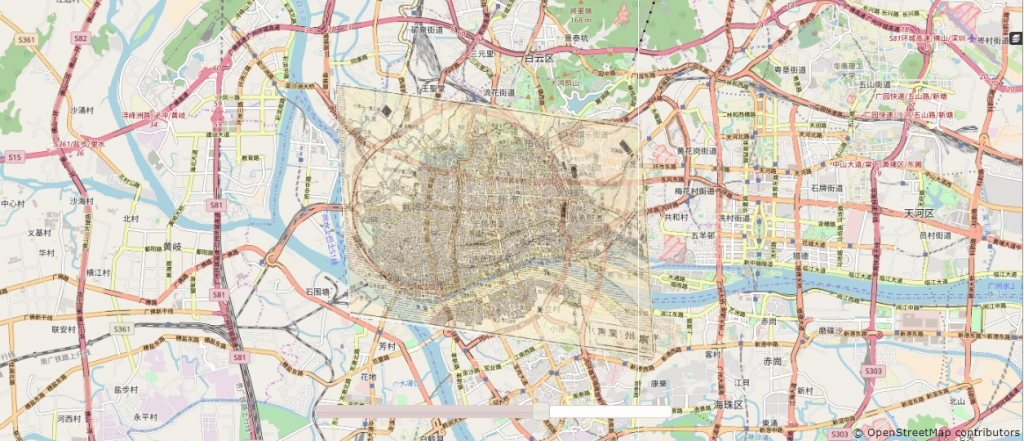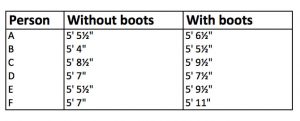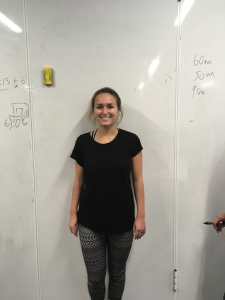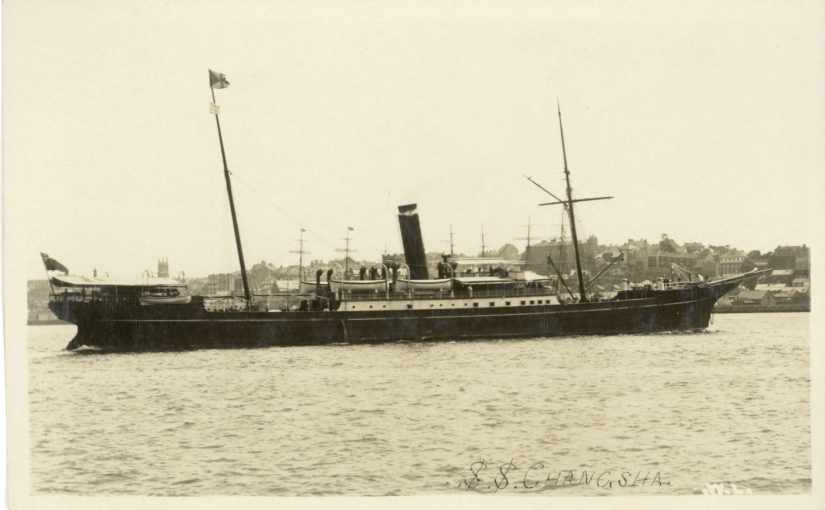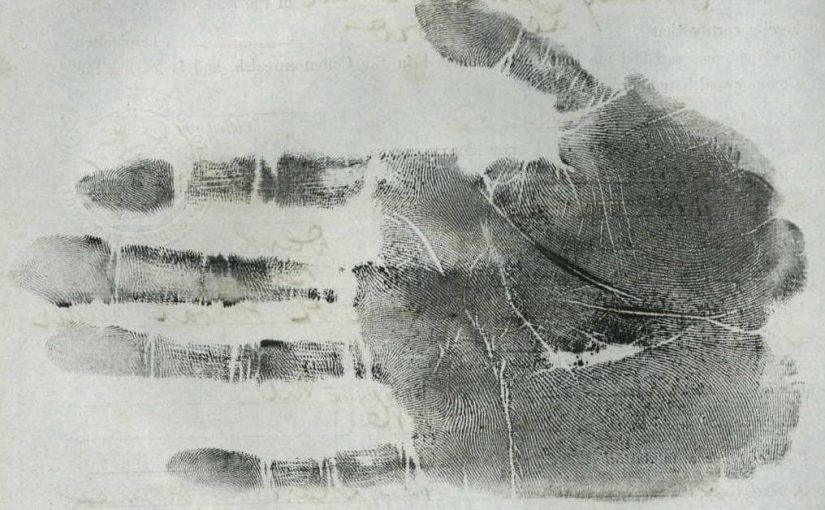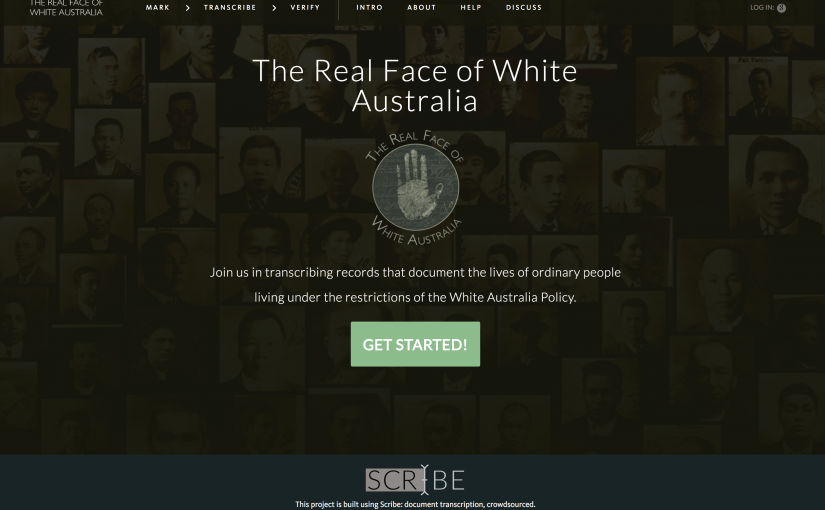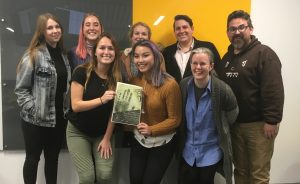Japanese immigration to Australia under the white Australia policy.
The Japanese community in Australia was somewhat little in the nineteenth century. This was in part due to the fact that until 1866 it was a capital offence for Japanese born citizens to leave Japan[1].
However, in the later part of the nineteenth century Japanese had begun to immigrate to western nations. Those who went to Australia during the 1880s and 1890s largely worked as crew for Australian pearl harvesters in mainly northern Australia. Most other Japanese migrants worked in the Queensland sugar cane industry, or were employed in service roles. By 1891, only 30 Japanese immigrants had settled in Victoria[2].
The passing of the Immigration Restriction Act in 1901 restricted all non-European immigrants, including the Japanese. However, temporary permits allowed some Japanese immigrants to land in Australia, and by 1904 Japanese immigrants were exempted from the dictation test when applying for an extended residency. However, troubles regarding immigration of Japanese citizens to Australia became worse with the beginning of World War two[3].
When the war against Japan broke out in 1941 the population was almost entirely interned. Most Japanese immigrants were deported back to Japan when the war ended. Japanese communities and businesses across the country were effectively eradicated. In Victoria alone, the Japanese community size had plummeted from 273 people in 1933 to 96 in 1947[4].
Immigration from Japan remained banned until 1949. During the next five years numbers enlarged with the arrival of over 500 Japanese war brides. By 1954 the community in Victoria had climbed to 238, and by 1961 it had reached 606 people. The end of the White Australia policy in 1973 saw more Japanese born businesspeople, students and tourists arrive in Australia[5].
[1] Australian Government department of immigration and citizenship, ‘Community Information Summary, Japan-born’, Viewed: 25/10/17, https://www.dss.gov.au/sites/default/files/documents/02_2014/japan.pdf
[2] Museum Victoria, ‘History of immigration from Japan’, Viewed: 25/10/17, <https://museumsvictoria.com.au/origins/history.aspx?pid=33>
[3] Museum Victoria, ‘History of immigration from Japan’, Viewed: 25/10/17, <https://museumsvictoria.com.au/origins/history.aspx?pid=33>
[4] J. Armstrong, Espace, ‘Aspects of Japanese Immigration to Queensland before 1900’, Viewed: 25/10/17, <https://espace.library.uq.edu.au/data/UQ_246307/Qld_heritage_v2_no9_1973_p3_p9.pdf?Expires=1509067105&Signature=RBTRuenri67bqzy8674J-CFxXYQBuxV–2NIrI9ZmVbKsrkEg4kCdYpIPRBF8u110aSi87ArU7bC54KlKQwu8BeOdoZnHwkKJDzYb0N1d-mbTcllwNQ9E~xQSmjQ35O-EhLYHAdv76qihprFWxu62kTkA–X7ph-2k6MZYdFeW3Pa-a4rmQtAMsIH08sWu-Gr1xxPOQeG3-2yKyjIyNxnTRzvo6Fs2BqdaG0czaqnwbzA9rPrti2ovw4duBs2I4JWEB7~MLCAmM4b7VJVfkFXRt0FbzZ5bfviXyoVIdSXfA3QW7qbLobySv3uPJ-SyfyZkyYZciKG01zRD4vx6s-IA__&Key-Pair-Id=APKAJKNBJ4MJBJNC6NLQ
[5] Museum Victoria, ‘History of immigration from Japan’, Viewed: 25/10/17, <https://museumsvictoria.com.au/origins/history.aspx?pid=33>

